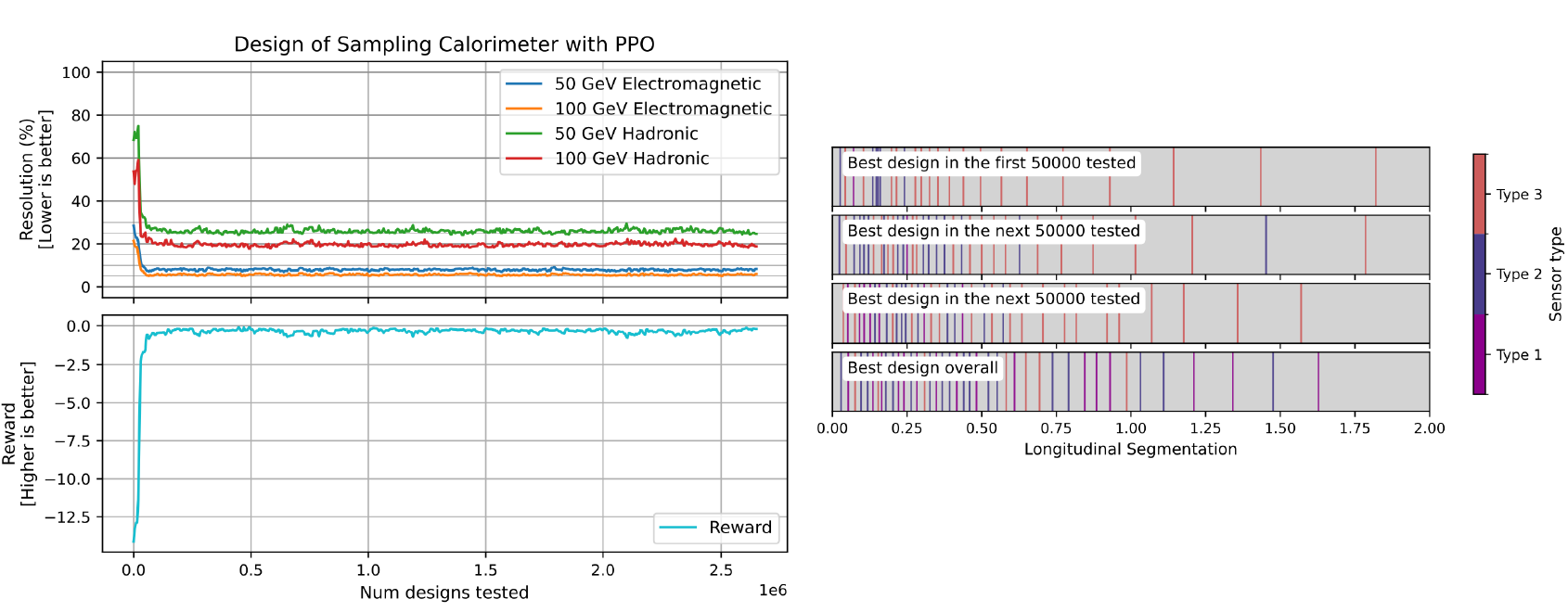The neutron is a fascinating particle, and one which has kept experimental physicists busy for almost a century now. Discovered by James Chadwick in 1932 in a cunning experiment which deserves a separate post (it is a promise, or a threat if you prefer), the neutron has been all along a protagonist in the development of nuclear weapons as well as in the extraction of nuclear power from fission reactors. And of more relevance to our discussion here, it has powered endless studies both in the context of nuclear and subnuclear physics.
These days I am organizing a collaborative effort to write an article on holistic optimization of experiments and complex systems. "So what is the news," I could hear say by one of my twentythree faithful readers (cit.) of this blog. Well, the news is that I am making some progress in focusing on the way the interplay of hardware design and software reconstruction plays out in some typical systems, and I was thinking I could share some of those thoughts here, to stimulate a discussion, and who knows, maybe get some brilliant insight.
On August 13-15 I will attend for the first time to the Swedish Physics Days, an important national event for Swedish physics. This year the congress takes place at Lulea University of Technology, the institute where I am currently spending some time, hosted by the Machine Learning group through a Guest Researcher fellowship granted by WASP (Wallenberg AI, Autonomous Systems and Software Program).
In the previous article here, I tangentially examined a situation that arises often in collaborative data analysis: the digestion of the results in scientific graphs. The focus of that discussion was the building of a sceptical thinking attitude in my student - it is a really important asset in experimental science.
Lately I have been writing lots of reference letters for students who are applying to Ph.D. positions in Physics, and in so doing I have found myself pondering on the dubious usefulness of that exercise. So let me share a bit of my thoughts on the matter here.
Reference letters are meant to be an important input for academic selections, because they provide first-hand information on the previous experience of the candidates, from scholars who are supposed to be authoritative enough to be trusted, and unconcerned enough to provide a unbiased assessment.
After a month of intense travel, which among other things included attendance to the MODE Workshop in Crete and the EUCAIF conference in Sardinia, I am back to northern Sweden. Besides significantly improving my well-being, given the horrible heat wave that hit Southern and Central Europe in the past few weeks, the move north allows me to finally give a relaxed look back at the most relevant information I gathered at those events, and other relevant things.
 Living At The Polar Circle
Living At The Polar Circle Conferences Good And Bad, In A Profit-Driven Society
Conferences Good And Bad, In A Profit-Driven Society USERN: 10 Years Of Non-Profit Action Supporting Science Education And Research
USERN: 10 Years Of Non-Profit Action Supporting Science Education And Research Baby Steps In The Reinforcement Learning World
Baby Steps In The Reinforcement Learning World









